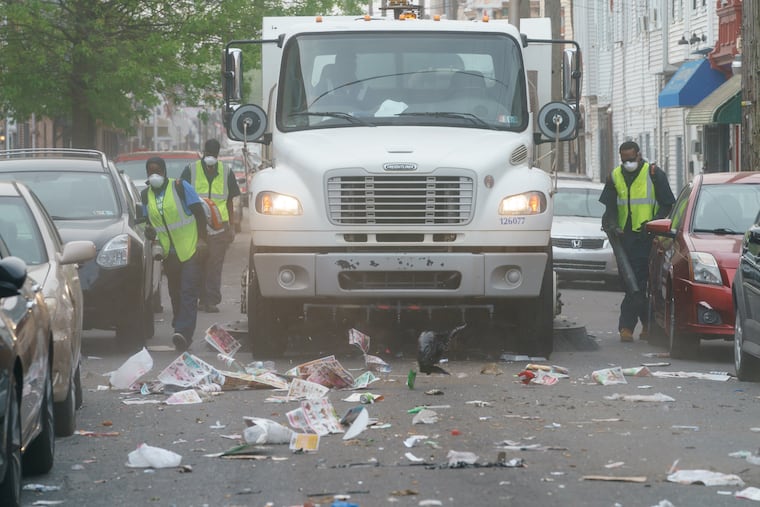As Philadelphia readies for street sweeping, questions linger on the parking politics
Mayor Jim Kenney has promised to bring street sweeping back to Philadelphia. But what does that mean for cars parked on city streets?

Mayor Jim Kenney has promised to bring street sweeping back to Philadelphia. But what does that mean for cars parked on city streets?
